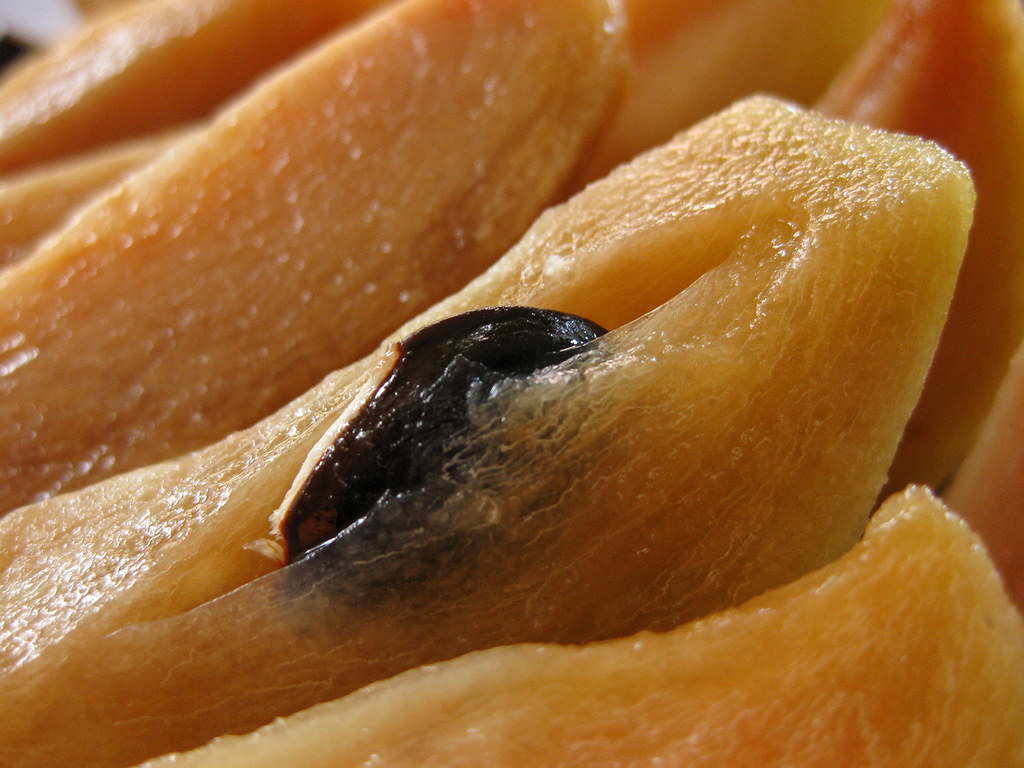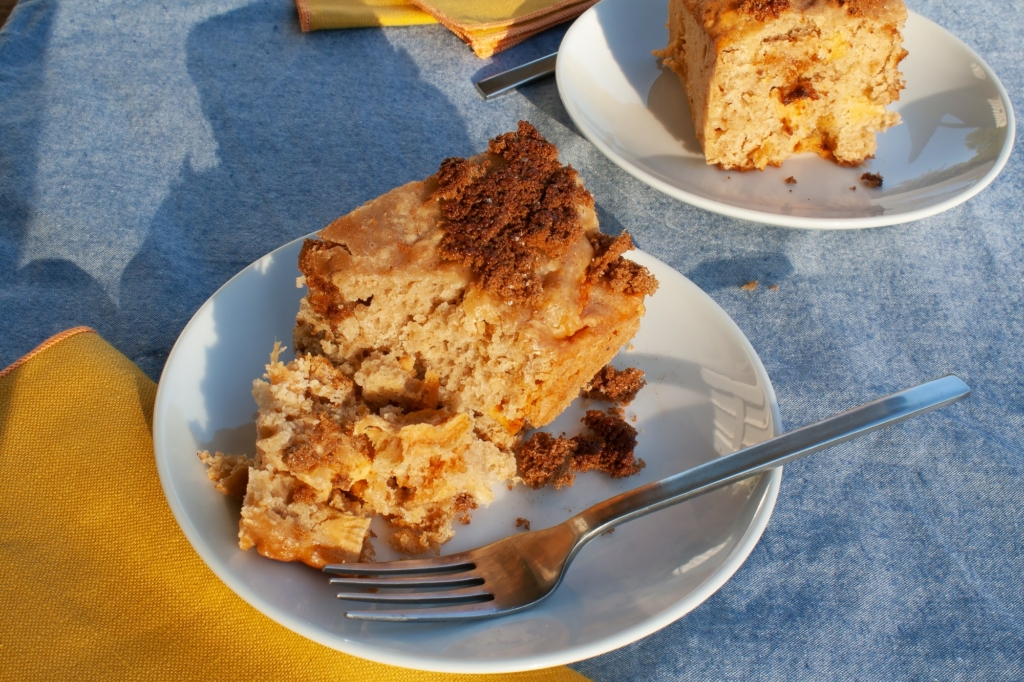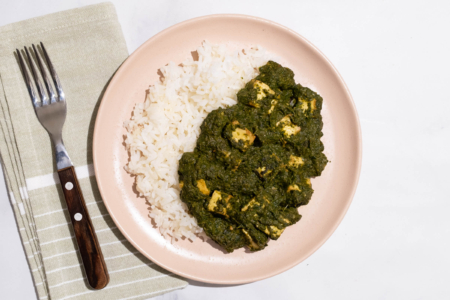Sapodilla is the name for both a tree and the fruit it bears, which are native to Mexico, Central America, and the Caribbean. The fruit is known for its delightfully sweet flavor. While delicious eaten raw at peak ripeness, sapodilla can also be utilized in a variety of desserts and dishes.
What Are Sapodilla?
Sapodilla, also known as sapota, chikoo, chico, nasberry, or nispero, are a species of large evergreen tree that can grow up to one-hundred feet tall with trunks nearly two feet in diameter. The sapodilla, while native to the Americas, also grows throughout Southern Asia from India to Indonesia in any warm tropical environments.
Sapodilla fruit are large round berries that grow two to three inches in diameter. These fruits have pale tan exteriors and golden yellow interiors dotted with dark glossy interior seeds.

What Do Sapodillas Taste Like?
It is imperative to eat sapodilla fruits when completely ripe. Unripe fruits have high levels of saponin, a bitter tasting compound whose name derives from the Latin word for soap. As predicted, these unripe fruits are not so tasty to eat! When ripe, however, sapodilla have a deep juicy sweetness with an undercurrent of nuttiness. You can tell when sapodilla are ripe because their skin becomes loose; when unripe, sapodilla are firm and taut. Sapodilla are also known as brown sugar fruit because of their intense sweetness and slight butterscotch flavor. Be sure to discard the seeds before eating.
Cooking with Sapodilla

Because of their sweetness, sapodilla are a great showcase for dessert. Sapodilla can be used in crumbles, cakes, milkshakes, and pies. Replace twenty ounces of berries in our Summer Berry Crumble with sapodilla for a tropical twist on this delicious classic dessert. Want to try sapodilla for breakfast? Swap out the apples in our Apple Cinnamon Breakfast Cake with chopped sapodilla; the cinnamon in the cake plays nicely with the maltiness of the sapodilla. Our Persimmon Pudding recipe would also taste equally as fantastic with sapodilla instead of persimmons; to add further complexity try a 50/50 mix of persimmons and sapodilla.

Shopping for Sapodilla
You may be able to find sapodilla in some Mexican markets or grocery stores in the southern United States. We recommend purchasing sapodilla online.



